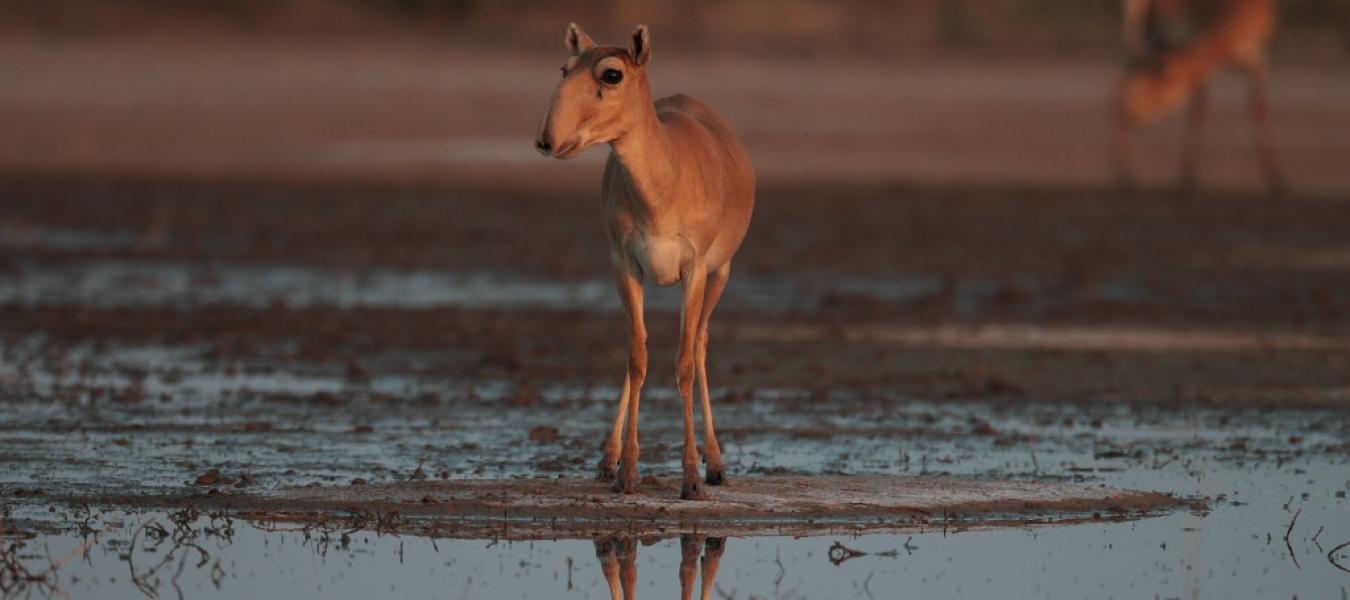
Why Do We Need Wetlands?
This game demonstrates the importance of wetlands and the need for their conservation.
Introduction
Wetlands can be destroyed by climate change, pollution and over extraction of water. This game demonstrates the importance of wetlands and the need for their conservation.
Conservation Message
If a habitat is destroyed, then the wildlife that is dependent on it is lost.
Key Learning Outcomes
- To understand that destroying forests results in the loss of wildlife.
- Creatures adapted to live in a particular habitat need to have that habitat to survive.
Preparation
Get four or five mats each measuring approximately two metres square, or you could use plastic hoops, sheets of material or nylon rope or draw on the floor. If you use cloth, you could paint wetland scenes on each piece.
This game can be used for wetlands or any other habitat, but only use one habitat for each game.
Group size: minimum of 10
Playing Instructions
1. Place the mats around the space being used (at least five metres between each one).
2. Tell the group that each mat represents a wetland.
3. Whenever you say 'fly', they have to walk or run to another wetland (on migration).
4. The next time you say 'fly', remove one of the mats. Tell them that the wetland has been destroyed. Do this again. Any participant who cannot get onto one of the mats is dead. There is a maximum capacity for wetlands (only enough food to support a certain number of birds).
5. Repeat again. Do this three or four times. Again, capacity is at a premium. Repeat until there is only one wetland left. When you destroy the final wetland, everybody is dead.
Teachers Note
Emphasise the need for conserving wetlands, keeping them clean and undisturbed for birds that are adapted to live there. Destroy the wetlands and you kill the birds and other animals that rely on them.
Discussion or Follow-Up
The participants have seen the consequences of habitat loss. Ask if they can think of examples of habitats that have been destroyed near where they live.
- What wildlife lives or visits there?
- What can be done to stop habitat destruction?
